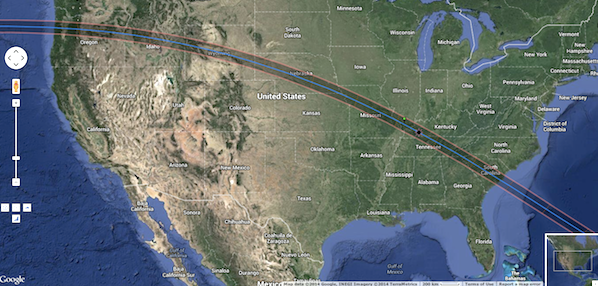Lunar Eclipse 2017 is only two weeks away, and an international community of astronomers and curious amateurs are getting ready to experience the first total solar eclipse to sweep the US from coast to coast since 1918. The earth, Sun and moon will align perfectly for the lunar umbra to fall on the length of the United States on August 21, and the rare event is being built up as this generation’s moon landing, given that it is so rare. Minutes after 9PM Eastern Time, the shadow of the Moon will cut just outside Portland,Oregon to Charleston,South Carolina. Viewers outside the path of totality, as far west as Alaska and east to North Hampshire will see only a partial eclipse. There are maps widely available for the path and timing of totality, and observers throughout this blazing path of the moon’s primary shadow will be able to see sun disappearing wholly and the diamond ring for over a minute. Carbondale, Illinois will experience the longest period of totality – two minutes and thirty eight seconds. For the event, enthusiasts and astronomers will be joined by teams of reporters from around the world at the South Illinois University Stadium who will turn out to observe the rare eclipse.
The eclipse is a Western Hemisphere-only affair, and as a scientific and cultural event, its rarity is unprecedented. To observe the eclipse safely, all one needs is a solar filter that will protect the eyes against the concentrated radiation coming off the Sun when viewing with naked eyes/binoculars/telescope. This is especially important because the pupil of our eyes dilate as the Sun disappears behind the Moon during an eclipse but as the Moon moves away, the recovering brightness can burn the exposed retina. Of course, when using a telescope, you need the filter all the time as the concentrated radiation will do that in any case.
There is a related partial eclipse to start things off today, and in the complicated dance of the planets along the ecliptic and the various motions, retrograde or otherwise, it marks off the most high profile eclipse season in recent US history.

